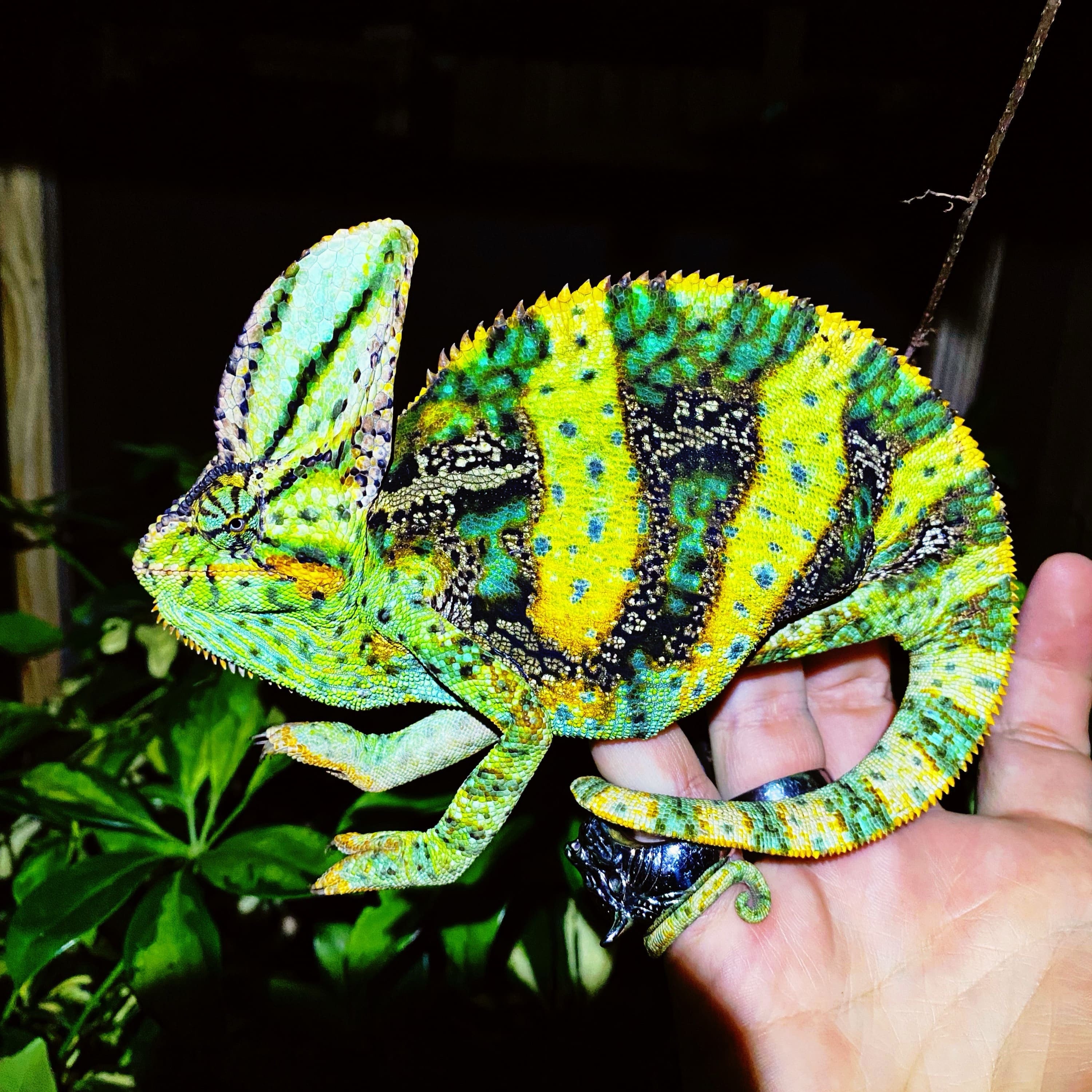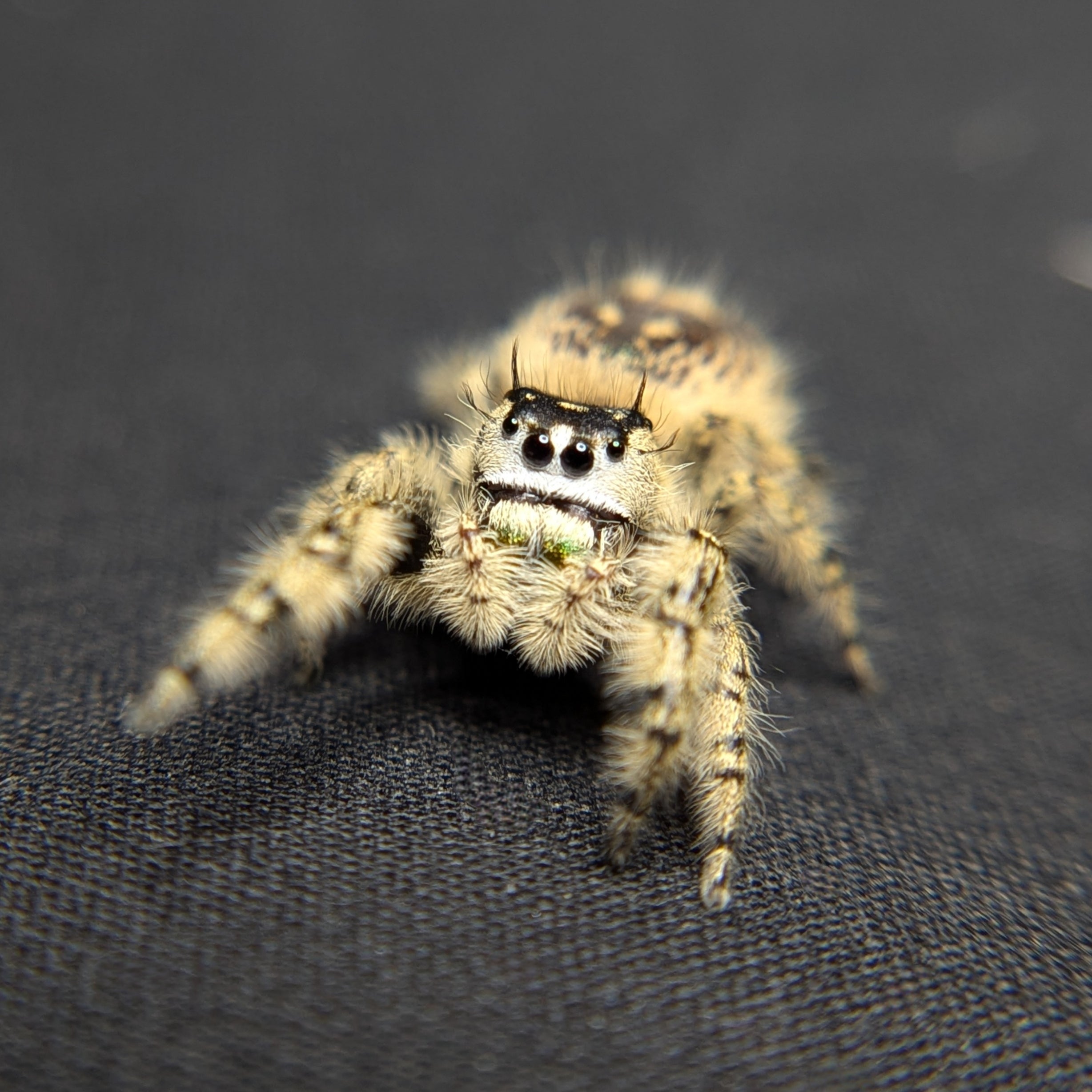Whether you’re a seasoned arachnid enthusiast or just beginning your journey into the world of tarantula keeping, one distinction rises above all others when choosing a species: New World or Old World. These two categories divide tarantulas based on geography, behavior, defense mechanisms, and keeper experience—and the differences between them are not just fascinating, they’re essential to understand if you plan to work with these eight-legged marvels.
Let’s dig deep into what sets these two tarantula worlds apart, why it matters, and how to choose the right one for your level of experience.

What Does “New World” and “Old World” Mean?
The terms New World and Old World refer to where the tarantula species originated on the globe. New World tarantulas come from the Americas—North, Central, and South America—while Old World tarantulas hail from Africa, Asia, and parts of Europe. This seemingly simple difference in geography actually points to deeper evolutionary divergences that have shaped their behavior, anatomy, and interaction with the environment.
Over millions of years, tarantulas from each region developed very different survival strategies. New World species evolved in environments where the threat of predators was high, but so was the presence of mammals. That led to one of their most iconic defense mechanisms—urticating hairs. Old World tarantulas, by contrast, evolved in harsher, more competitive environments, where bluffing wouldn’t cut it. Their answer? Speed, aggression, and potent venom.
Defense Strategies: Hairs vs. Fangs
One of the most defining differences between New World and Old World tarantulas is how they defend themselves. New World species are equipped with urticating hairs—barbed, irritating bristles on their abdomens. When threatened, they’ll often turn around, kick these hairs into the air, and let them float toward the perceived threat. These microscopic projectiles can cause serious discomfort, especially if they contact skin, eyes, or mucous membranes. It’s an effective and non-lethal way to make predators rethink their choices.
Old World tarantulas, on the other hand, lack urticating hairs entirely. Instead, they rely on raw power and potent venom. Their primary defense is an immediate threat posture, where they rear up, expose their massive fangs, and prepare to strike. If that display doesn’t work, they will bite—and when they do, their venom packs more punch than that of most New World species. While not considered medically significant to humans, an Old World tarantula bite can cause intense pain, muscle cramps, and systemic effects that last for days.

Behavior and Temperament: Which Is More Aggressive?
New World tarantulas tend to be more docile and tolerant of disturbance. Species like the Brachypelma hamorii (Mexican Red Knee) or Grammostola pulchripes (Chaco Golden Knee) are famous for their calm demeanor and are commonly recommended for beginners. While they can kick hairs or retreat to their burrows, they generally give ample warning before escalating to more defensive behavior.
Old World tarantulas are far less patient. Species like Poecilotheria regalis (Indian Ornamental) or Haplopelma lividum (Cobalt Blue) are notoriously quick-tempered. They may bolt with lightning speed, stand their ground, or bite without warning. Handling these spiders is strongly discouraged, not only because of their venom potency, but because their speed and unpredictability make interactions risky for both keeper and tarantula.
This means that temperament-wise, New World tarantulas are generally more forgiving, while Old World tarantulas demand respect and experience.
Habitat and Husbandry Differences
The care requirements between New and Old World species can also vary. New World tarantulas often hail from tropical rainforests or arid deserts and are more tolerant of environmental fluctuations. Their needs are generally simpler, with many species thriving in basic setups with proper substrate, a water dish, and a hide.
Old World tarantulas often require more precise environmental conditions. Many come from humid, densely forested areas or dry savannas and can be sensitive to changes in humidity or temperature. They also tend to be more reclusive and burrow-happy, meaning deeper substrate and secure enclosures are a must. Since many Old World species are lightning-fast escape artists, any enclosure used must be escape-proof with tightly sealed lids and secure ventilation.

Speed and Handling: Know What You’re Getting Into
If you’re looking for a tarantula you can handle, the answer is almost always going to be a New World species. While handling is never truly recommended with any tarantula due to the risk of stress or injury, New World species are far more tolerant of it. Their slower movements, calmer nature, and tendency to walk rather than bolt make them better suited for limited handling situations.
Old World tarantulas, by contrast, are strictly hands-off animals. Their speed is almost shocking the first time you witness it. A startled Old World tarantula can teleport from one side of its enclosure to the other in a blink, climb up your arm, or leap to the ground. Combine that with strong venom and a low tolerance for mistakes, and it’s clear why these spiders are best admired through glass.
Which One Should You Choose?
If you’re just starting out in the tarantula hobby, New World species offer a gentle and forgiving introduction. Their manageable behavior, milder venom, and effective but non-lethal defense tactics make them ideal for learning the ropes of tarantula husbandry.
Old World species, while undeniably fascinating and often stunning in appearance, are best reserved for keepers who are confident, experienced, and capable of reading spider behavior without needing to touch or intervene. These spiders are living proof that beauty often comes with a price—and in their case, it’s speed, power, and a need for caution.

In Conclusion: Two Worlds, One Fascination
New World and Old World tarantulas each offer something unique to the hobby. Whether you’re drawn to the vibrant colors and gentle personalities of the Americas, or the raw, primal energy of the Old World’s fastest and fiercest, one thing is certain: tarantulas are endlessly fascinating creatures that challenge our perceptions and ignite curiosity.
Understanding the differences between them isn’t just about choosing a pet—it’s about respecting the incredible diversity of evolution, survival, and adaptation. Whether you stick to the New World or dare to explore the Old, you’re entering a world where nature’s most ancient hunters rule with quiet, eight-legged grace.




Leave a comment
This site is protected by hCaptcha and the hCaptcha Privacy Policy and Terms of Service apply.